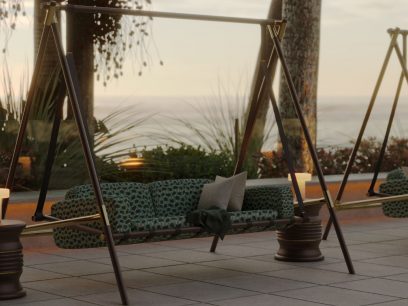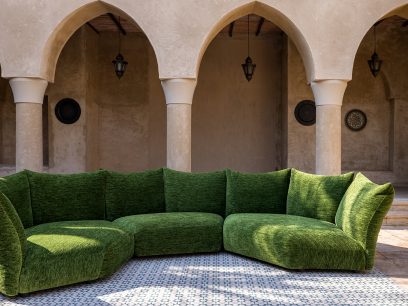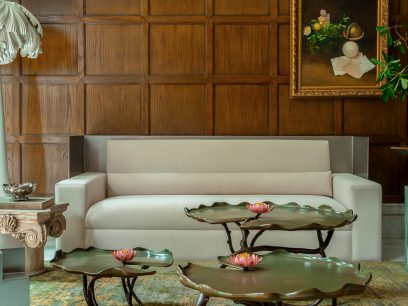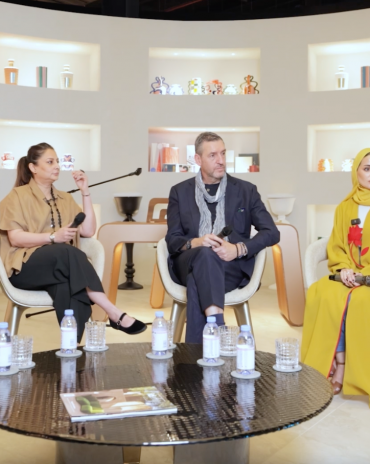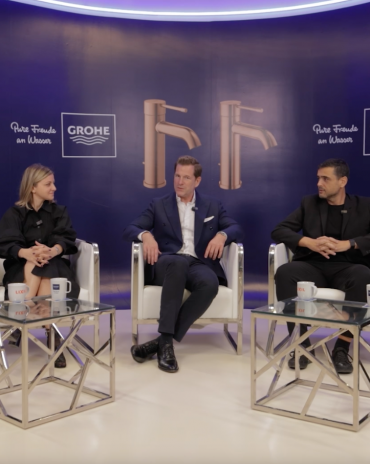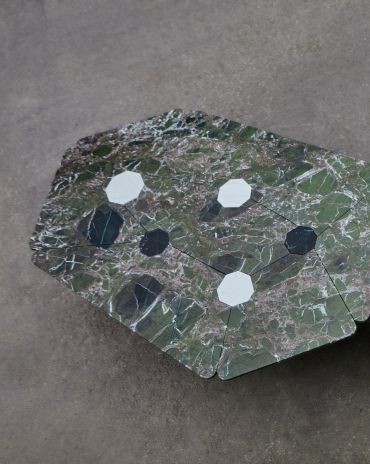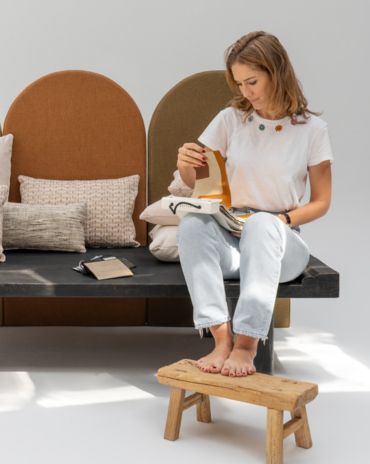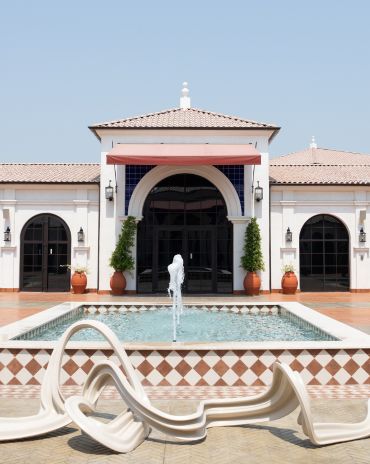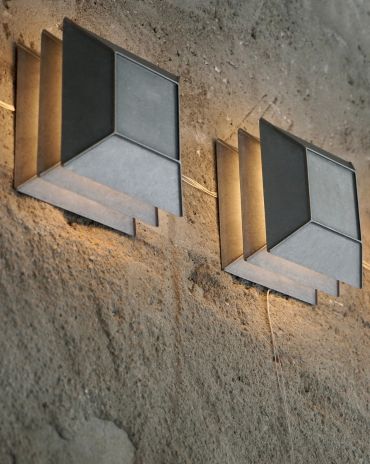Copyright © 2025 Motivate Media Group. All rights reserved.
In Education and Learning, Space is the Third Teacher
Ana Mombiedro, Neuroarchitect in Residence at Kidzink discusses how the discipline can evoke creativity in young minds
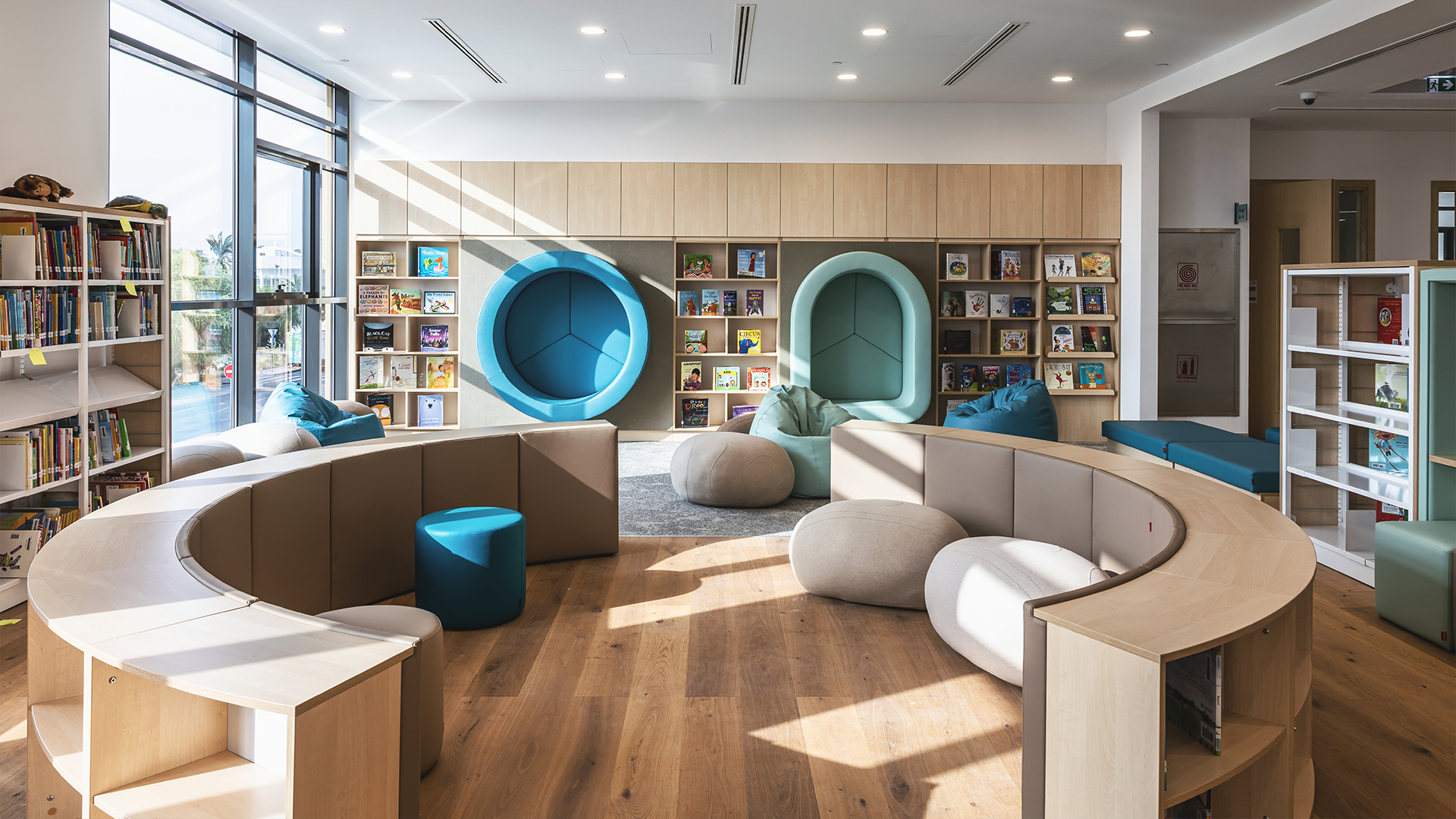
Most of us can recall the schools we attended during our childhood. We can recall the teachers who inspired us – and those who didn’t. We vivid remember the friendships, the lessons and the experiences that shaped us. For many of us, the classrooms themselves stand out as uninspiring spaces: stark, functional and far from engaging. These environments reflected austerity rather than creativity – a missed opportunity in the learning journey.
In education, the focus has traditionally been on teachers and peers as the primary forces shaping learning experiences. Yet, there is another powerful, often overlooked participant: the space itself. As a neuroarchitect specialising in education design, I focus on addressing this gap by championing the concept of space as the third teacher. This approach, grounded in science and design, elevates the environment’s role, transforming classrooms into dynamic, interactive spaces that actively enhance students’ well-being, creativity and engagement. Far from being passive backdrops, environments are extensions of our bodies and minds. Neuroscience tells us that learning thrives on interaction, and brain plasticity shows how habits and routines rewire our brains. When spaces are designed to support these interactions, they evolve into catalysts for personal and collective transformation.
So how can spaces become third teachers? To create environments that teach, design should embody these principles:
Support Autonomy and Active Participation
Flexible seating arrangements, adaptable layouts and spaces that encourage movement foster a sense of ownership and promote self-directed learning. Environments that empower students by offering choices cultivate confidence and independence.
Encourage Collaboration and Real-World Engagement
Classrooms designed for group projects, social interaction and teamwork prepare students for real-world scenarios. These spaces nurture essential skills such as communication and collaboration, laying the foundation for lifelong learning. Ito and Yokoyama’s research demonstrates how open-plan classrooms improve focus compared to traditional layouts. An open-plan classroom acts as a versatile canvas, adapting to the evolving needs of educators and learners.
Stimulate Curiosity and Creativity
Visually engaging, organised spaces spark curiosity and inspire creative thinking. Displaying materials in an inviting way fosters a culture of exploration and innovation.
Prioritise Holistic Well-Being
Natural light, ergonomic furniture, good air quality and optimised acoustics reduce stress and improve focus. When these elements come together, they create a nurturing environment that supports students’ emotional, mental and physical health.
Incorporate Curves and Natural Views
Research by Vartanian et al. highlights the calming effects of curved forms in interior design, while views of nature – whether greenery, water or open skies – enhance mental health and provide a sense of place. Roger Ulrich’s landmark ‘View from a Window’ study underscores the restorative power of natural elements in improving well-being.
The Future of Learning Spaces
As education evolves, the role of the environment as the third teacher is becoming increasingly evident. Thoughtfully designed spaces are no longer passive settings; they are active participants in the learning process. When classrooms are crafted with intention, they unlock boundless potential for students to engage, explore and grow. By placing equal emphasis on teaching method, people and place, we can reimagine learning environments as transformative tools – not just for education but for shaping the individuals within them, and the communities they form.
Read more features here.
The Latest
Sensory Design
Designed by Wangan Studio, this avant-garde space, dedicated to care, feels like a contemporary art gallery
Winner’s Panel with IF Hub
identity gathered for a conversation on 'The Art of Design - Curation and Storytelling'.
Building Spaces That Endure
identity hosted a panel in collaboration with GROHE.
Asterite by Roula Salamoun
Capturing a moment of natural order, Asterite gathers elemental fragments into a grounded formation.
Maison Aimée Opens Its New Flagship Showroom
The Dubai-based design house opens its new showroom at the Kia building in Al Quoz.
Crafting Heritage: David and Nicolas on Abu Dhabi’s Equestrian Spaces
Inside the philosophy, collaboration, and vision behind the Equestrian Library and Saddle Workshop.
Contemporary Sensibilities, Historical Context
Mario Tsai takes us behind the making of his iconic piece – the Pagoda
Nebras Aljoaib Unveils a Passage Between Light and Stone
Between raw stone and responsive light, Riyadh steps into a space shaped by memory and momentum.
Reviving Heritage
Qasr Bin Kadsa in Baljurashi, Al-Baha, Saudi Arabia will be restored and reimagined as a boutique heritage hotel
Alserkal x Design Miami: A Cultural Bridge for Collectible Design
Alserkal and Design Miami announce one of a kind collaboration.
Minotticucine Opens its First Luxury Kitchen Showroom in Dubai
The brand will showcase its novelties at the Purity showroom in Dubai
Where Design Meets Experience
Fady Friberg has created a space that unites more than 70 brands under one roof, fostering community connection while delivering an experience unlike any other

